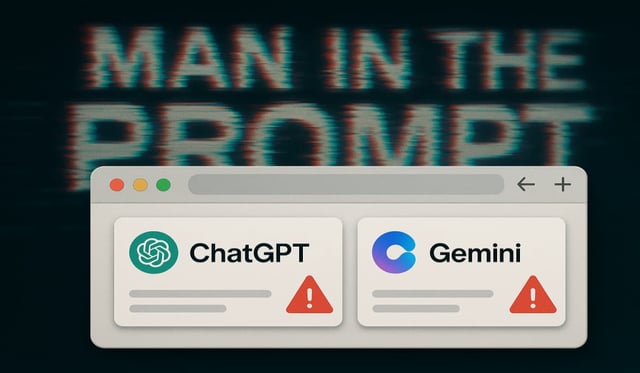Overview
- Proof-of-concept tests on ChatGPT, Google Gemini, Copilot, Claude and DeepSeek demonstrate that malicious extensions can inject hidden instructions, extract AI responses and erase histories to avoid detection.
- The attack leverages the fact that AI prompt inputs are part of a page’s DOM, giving any extension with scripting access the power to read or modify user entries without special permissions.
- LayerX and Google have integrated extension risk scoring into Chrome Enterprise to give administrators real-time visibility and blocking capabilities for high-risk add-ons.
- Traditional defenses like endpoint DLP systems and secure web gateways lack insight into DOM-level manipulations, leaving enterprises exposed to silent data exfiltration.
- With 99% of organizations using at least one browser extension and half deploying more than ten, enterprises face broad vulnerability unless they adopt behavior-based extension controls.


